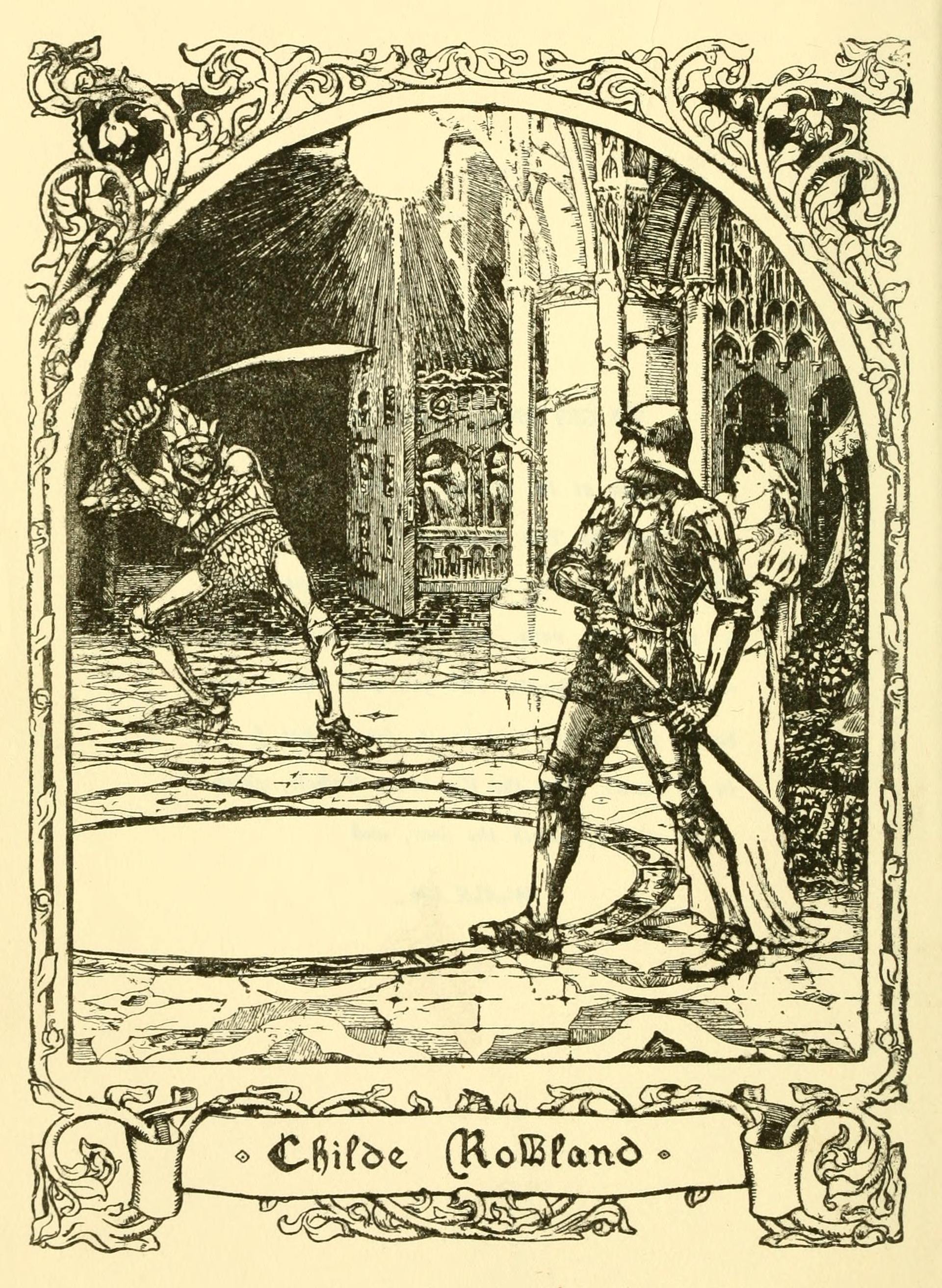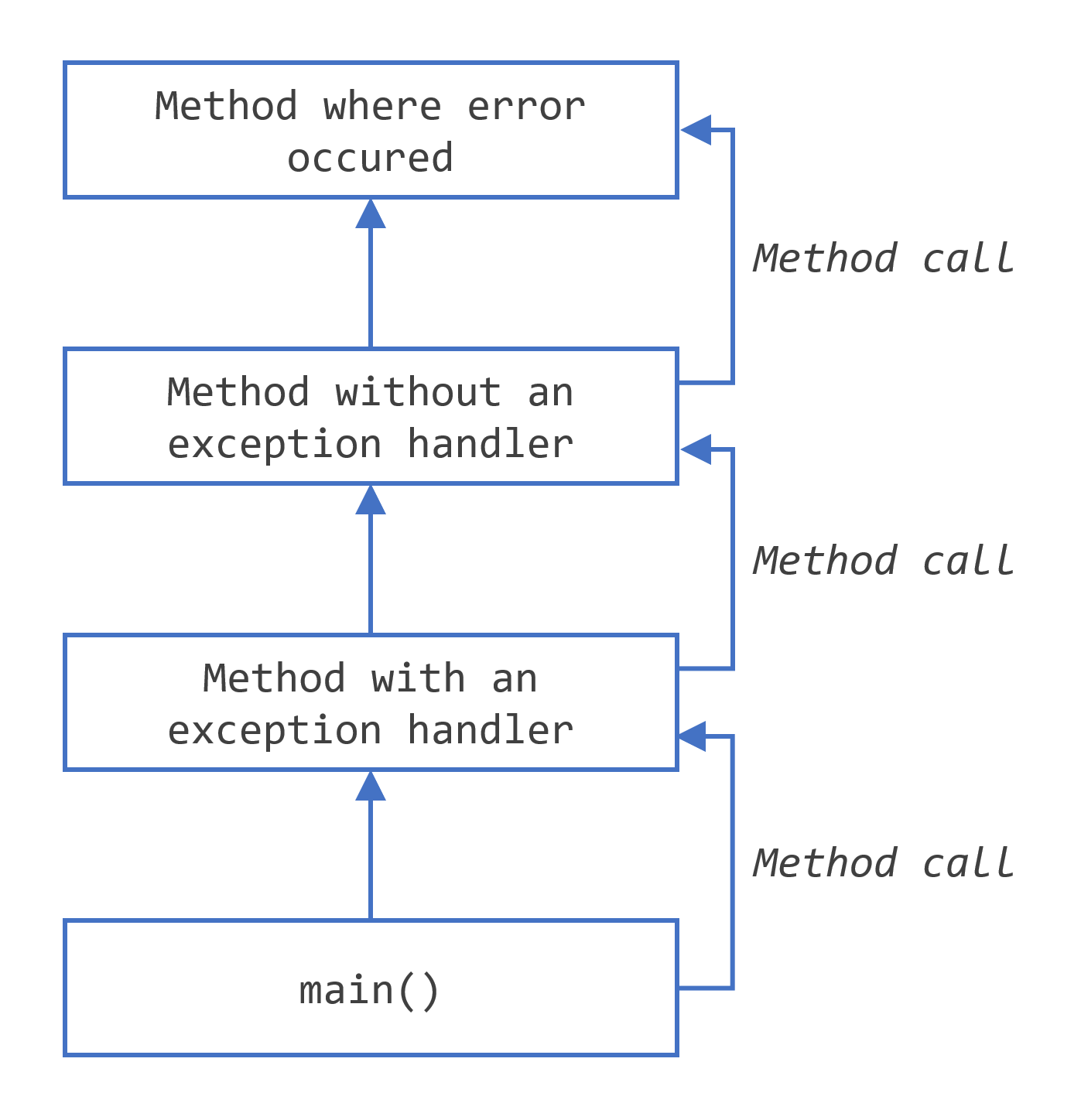Voici un sommaire avec des indications temporelles basées sur le déroulement de la vidéo :
- Introduction (Début) : Elena Linaire, fondatrice et directrice créative de Team Toad House et Toad House Games, présente le studio et annonce un game jam de visual novels sur itch.io.
Elle mentionne des ateliers animés par des professionnels de Toad House pour aider à la création de visual novels. L'objectif est de rendre la création de jeux accessible aux débutants.
- Téléchargement de Ren'Py (Environ 2-3 minutes) : Elena explique comment télécharger Ren'Py depuis le site renpy.org.
Elle précise que Ren'Py est un moteur de jeu open source et gratuit spécialement conçu pour les visual novels. Elle cite d'autres moteurs de jeu comme Unity, Unreal, Game Maker, Godot et Twine, notant qu'ils sont adaptés à différents types de jeux.
Elle souligne que la connaissance de Python n'est pas nécessaire pour utiliser Ren'Py, bien que le "pi" dans Ren'Py fasse référence à Python.
- Documentation et Ressources (Environ 4-5 minutes) :
Elena mentionne que le site de Ren'Py contient de la documentation, qui est parfois considérée comme peu conviviale.
Elle recommande également le serveur Discord Ren'Py et le forum Lumisoft comme ressources d'aide.
La documentation couvre les bases et les utilisations plus spécifiques de Ren'Py, y compris les systèmes de dates, de monnaie et d'inventaire.
- Lancement et Création d'un Nouveau Projet (Environ 6-10 minutes) :
Elena montre l'interface du lanceur Ren'Py, affichant des projets existants comme ceux de Toad House Games.
Elle explique comment créer un nouveau projet, choisir la langue (avec des options comme le pig latin) et sélectionner un éditeur de texte (recommandant Adam, qui peut être téléchargé directement depuis Ren'Py).
Il est possible de choisir la résolution du projet, avec 1280x720 comme valeur par défaut, et un schéma de couleurs clair ou foncé pour l'interface (GUI).
- Structure des Fichiers d'un Projet (Environ 11-13 minutes) :
Elena présente la structure des dossiers créés pour un nouveau projet Ren'Py, notamment les dossiers game (contenant images, audio, gui, saves), audio cache et autres.
Elle explique que le fichier script.rpy est l'endroit où le code du jeu est écrit.
Elle montre comment remplacer l'icône de l'application et modifier les éléments de l'interface graphique dans le dossier gui.
- Jeu Ren'Py par Défaut et Code de Base (Environ 14-16 minutes) :
Elena lance le projet par défaut de Ren'Py pour montrer les fonctionnalités intégrées comme les sauvegardes, les chargements, les préférences (volume, plein écran, saut, etc.) et l'écran "À propos". Elle exécute le court jeu par défaut pour illustrer la structure de base : arrière-plan (bg), sprites et dialogue.
Elle ouvre ensuite le fichier script.rpy dans Adam pour montrer le code correspondant, expliquant les déclarations de personnages (define) et le point de départ du jeu (label start).
- Définir des Personnages et Écrire du Dialogue (Environ 17-19 minutes) : Elena explique comment définir des personnages avec un nom et une couleur de texte.
Elle montre comment écrire du dialogue en utilisant le nom du personnage défini. Elle aborde la question de la gestion de plusieurs personnages avec des noms similaires.
-
Outil Narratif Scrivener (Environ 19-22 minutes) : Elena présente Scrivener comme un outil utile pour la planification et l'écriture du récit d'un visual novel, permettant d'organiser l'intrigue, les dialogues et même d'intégrer des éléments de code de base avant de les copier-coller dans Ren'Py.
-
Narration et Positionnement du Texte (Environ 22-24 minutes) : Elena explique comment gérer le texte de narration (sans nom de personnage), souvent utilisé pour les pensées internes.
Elle mentionne les deux modes de texte principaux dans Ren'Py : en bas de l'écran et en plein écran (NVL). Elle déconseille de placer le texte narratif ailleurs à cause de la complexité du code.
- Choix, Sauts (Jump), Appels (Call) et Drapeaux (Flags) (Environ 25-41 minutes) :
Elena démontre comment créer des choix (menu) dans Ren'Py, en utilisant les mots-clés menu, les options et les actions à entreprendre (texte, jump vers un autre label, call à un autre label).
Elle explique la différence entre jump (saut sans retour) et call (appel avec retour après un return).
Elle introduit le concept de drapeaux (flags), qui sont des variables utilisées pour suivre les décisions du joueur et influencer le déroulement de l'histoire (default nom_du_drapeau = False, \$ nom_du_drapeau = True, if nom_du_drapeau:).
Elle montre comment les drapeaux peuvent être utilisés avec des instructions if pour afficher du contenu conditionnel.
- Analyse des Jeux Tutoriel et "The Question" (Environ 41-47 minutes) :
Elena examine le jeu tutoriel inclus avec Ren'Py, soulignant ses fonctionnalités (sauvegarde, chargement, préférences, rollback, historique) et son contenu éducatif sur les bases de Ren'Py.
Elle explore ensuite le jeu d'exemple "The Question", attirant l'attention sur l'analyse du jeu du point de vue d'un développeur (apparence des sprites, positionnement, expressions, choix).
Elle montre comment le code du jeu "The Question" utilise la définition de personnages avec des couleurs de texte personnalisées (codes hexadécimaux), les drapeaux et la structure des labels pour créer des choix et des embranchements narratifs.
- Exemple de Code de "Good Looking Home Cooking" (Environ 47-1 heure 17 minutes) :
Elena présente le code de son jeu "Good Looking Home Cooking" comme un exemple plus complexe, montrant l'utilisation de définitions pour les sons, les curseurs et les personnages (avec des propriétés comme la couleur et le texte alternatif pour la synthèse vocale).
Elle explique l'utilisation de variables pour suivre les choix importants (drapeaux) et comment ces drapeaux sont utilisés dans les menus et les instructions conditionnelles pour créer différents embranchements et fins.
Elle illustre l'utilisation de transformations et de positionnement pour les sprites, les transitions (dissolve, fade to black), et la création d'une séquence de crédits animée à partir d'une image PNG défilante. Elle discute des différentes fins possibles dans un visual novel (bonne, mauvaise, tiède).
- Taille des Images et Arrière-Plans (Environ 1 heure 17 minutes - 1 heure 21 minutes) :
Elena aborde la question de la taille des images, expliquant qu'elle est déterminée par essai et erreur pour correspondre à la résolution du projet et à l'aspect souhaité. Elle montre des exemples d'arrière-plans filtrés dans le jeu Ren'Py "Karashojo".
- Conseils de Gestion du Temps et Conclusion (Environ 1 heure 21 minutes - Fin) :
Elena termine en donnant des conseils pour la gestion du temps et éviter le "crunch" pendant le game jam, notamment en se fixant des mini-échéances régulières et en étant réaliste quant à la portée du projet.
Elle encourage les participants à utiliser des outils comme Scrivener et à rejoindre la communauté Discord pour trouver de l'aide et des collaborateurs.
Elle rappelle l'importance d'inclure la mention légale de Ren'Py dans le jeu.


 This
This 



